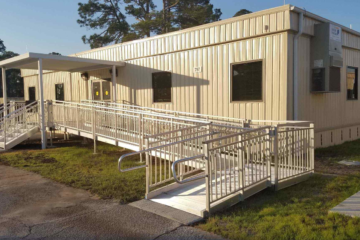There are lots of causes why plastic barriers filled with water are preferred over common concrete barriers. It is indeed a matter of cost for lots of people whereas for others it is the easy transportability attribute that makes them much attractive. There are also lots of examples where a plastic water filled barrier might not be the suitable alternative. To completely comprehend the ultimate usage of plastic barriers, let’s have a glance at some of the pros and cons of using water filled plastic barriers.
Before we talk about the ultimate advantages and disadvantages of using plastic barricades, we should completely ascertain what these kinds of barriers are all about. Plastic barriers are formed with hollow plastic structures made off with polyethylene material. They are produced with wonderful features like portability and light weighted, many of them gaining extra stability and strength from being filled with water once they are on a particular construction site. These barriers are considered to be much effective for traffic control purpose around different construction sites and traffic management on highways.
Water filled barriers are also quite valuable for certain pedestrian walkways and crowd control. They are accessible in several price ranges, sizes and shapes. These barriers are constructed with a light weight polyethylene material which is very lighter in weight while compared with standard concrete barriers. The lightweight features in these barriers make them very portable and a tremendous choice for impermanent construction sites and events.
Costs of trucking on these barriers are also considerably lower just because of its lighter weight and design. As these barriers are also permanently fixed to the ground, they can easily be used again which will also save the cost of purchasing new barriers. Lightweight and portability features in these barriers make them less labor intensive and can easily be installed and managed by two people.


